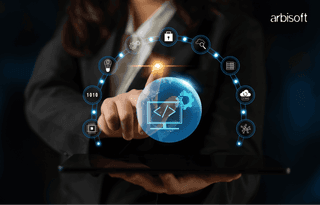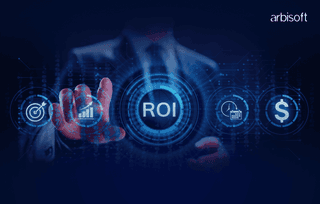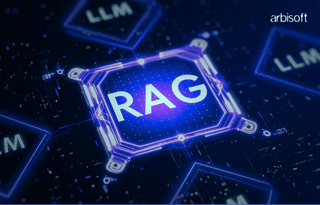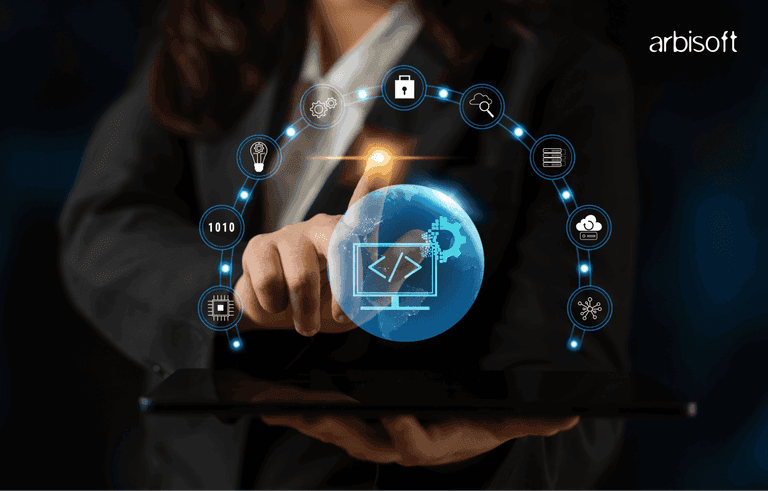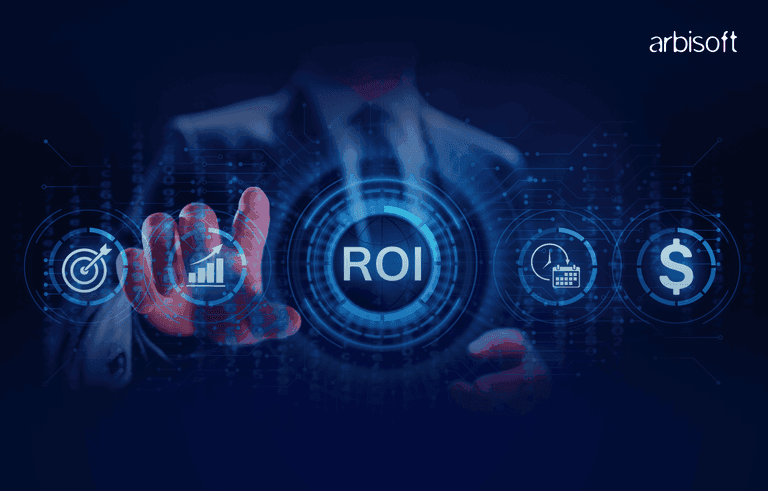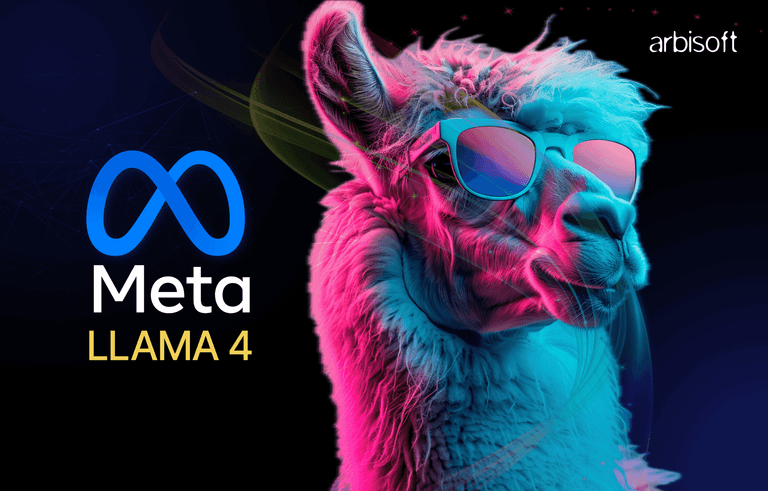We put excellence, value and quality above all - and it shows




A Technology Partnership That Goes Beyond Code

“Arbisoft has been my most trusted technology partner for now over 15 years. Arbisoft has very unique methods of recruiting and training, and the results demonstrate that. They have great teams, great positive attitudes and great communication.”
How to Build AI Agents for Campaign Optimization and Audience Insights
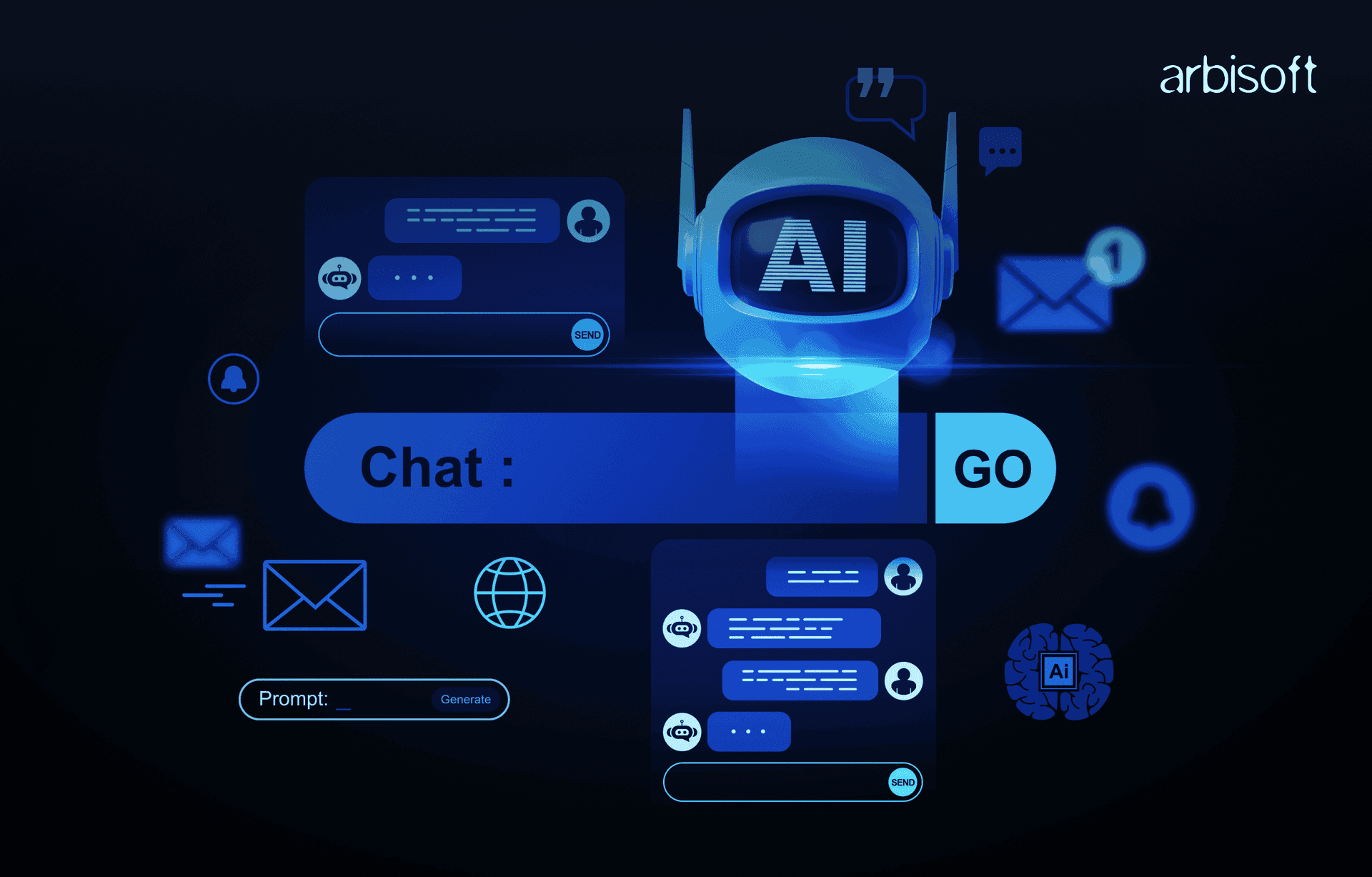
Marketing in 2025 is a whirlwind. Budgets shift daily, audiences behave unpredictably, and privacy rules evolve faster than campaigns can launch. Global digital ad spend is set to hit $678.7 billion this year. This will make up 68.4% of total ad budgets.
In this chaos, enterprises are using AI agents to quietly revamp the playbook.
These aren’t chatbots. AI Agents are autonomous systems that analyze data, run experiments, and optimize campaigns in real time. Brands using them are already seeing faster insights, lower costs, and smarter decisions.
Let’s break down how you can actually build and understand AI agents for AI campaign optimization and audience insights.
But first..
Why AI Agents, And Why Now?
The numbers tell the story.
- Global digital ad spend will reach $678.7 billion in 2025, and that means taking nearly seven out of every ten marketing dollars.
- Retail media is surging, with U.S. spend hitting $165.9 billion this year, which is more than triple what it was in 2019.

At the same time, the data horizon is shifting. Marketers can’t rely on cookies anymore, which is why many are asking: “How do AI agents handle privacy and data compliance?” The answer lies in clean rules that pay attention to privacy. That’s why two out of three companies now use data clean rooms to connect insights safely. In B2C marketing, adoption is even higher, that is, close to 90%.
The tech stack is evolving just as fast.
- AWS launched AgentCore to give businesses secure, ready-to-go agent frameworks.
- Microsoft rolled out Azure AI Agent Service, built for enterprise deployment.
- OpenAI introduced new agent tools, making it easier to design systems that act, not just answer.
And marketers are paying attention. At Cannes 2025, 71% of CMOs said they plan to invest $10M+ per year in AI.
The takeaways are simple and real! Campaigns are bigger, faster, and more complex than ever. Privacy is tightening, and the platforms are opening doors. And CMOs are ready to bet big.
What an AI Agent Really Does
An AI agent isn’t just another tool. It’s more like a digital assistant that never sleeps.
Here’s what it brings to the table:
- Monitors campaigns 24/7. No missed pacing issues and no wasted spend overnight.
- Runs experiments on its own. This is why many brands are exploring AI for ad budget optimization. From A/B tests to geo-splits, it learns what works faster than a manual process.
- Spots audience shifts early. With retail media and clean-room data, it can pick up on new micro-segments before competitors do.
- Suggests budget or creative moves. It doesn’t just flag problems — it recommends actions that align with your goals.
- Explains decisions. Every change comes with a rationale, so teams keep control and trust the process.
In 2025, 56% of marketers say their company is actively implementing AI agents in marketing. Those leading the way are using agents to cut campaign waste, speed up testing, and unlock insights that would take humans weeks to spot.
The point isn’t to replace your team. It’s to amplify them, while giving marketers more time for strategy, creativity, and big-picture growth, while the agent handles the heavy lifting.
A smart use of the idea is: when a retail chain in the U.S. used an Audience Discovery Agent to find that its Gen Z shoppers were over-indexing on late-night app activity. This led to a 14% lift in sales after running flash offers at midnight.
Now that you know what AI agents do, let’s break down the essential layers to actually build one.
The Building Blocks
If you’re serious about building an AI agent for marketing, you don’t need a big background in machine learning. You need the right foundation, the right models, and the right safeguards. Here’s the simple blueprint:
1. Data Foundation
Data is fuel. The more structured, timely, and structured your data is, the smarter the AI agent becomes.
- Start by pulling in ad platform APIs, CRM data, retail media logs, and web analytics for a 360-degree view.
- With privacy laws tightening, clean rooms are becoming the norm. Marketeers often ask: “How do clean rooms work with AI agents?” AI Agents allow AI audience segmentation while staying compliant with GDPR, CCPA, and the EU AI Act.
- A recent IAB study shows 71% of large advertisers plan to increase clean-room investments in 2025, up from 52% in 2023.
2. Audience & Features
It’s not just who your audience is, it is what makes them act.
- Build identity graphs from hashed emails, device IDs, or loyalty data.
- Layer in behavioral signals (who clicks, who lingers, who buys) plus creative performance stats.
- According to eMarketer, brands using enriched audience feature sets (beyond demographics) drive 20–25% higher ROAS than those using basic targeting alone.
- In retail media, this granular segmentation is one reason the sector is projected to hit $165.9 billion in U.S. spend in 2025.
3. Models That Matter
Not every model is worth your time. The ones delivering results in 2025 are:
- MMM (Marketing Mix Models): Making a comeback as CMOs demand long-term ROI visibility beyond last-click. Forrester reports that 60% of large advertisers have revived MMM in the last 18 months.
- Uplift & Propensity Models: Pinpoint who’s likely to convert and which levers actually shift behavior. These are boosting incremental lift by 10–15% on average in top retail and CPG campaigns.
- Creative Scoring Models: Scan TikTok, Reels, and CTV to predict which ads will break through without endless A/B testing. Google research shows AI-ranked creative outperforms manually chosen creative by 20%+ on attention scores.
4. Agent Orchestration
This is the brain of the entire thing.
- Tools like OpenAI, AWS AgentCore, and Azure AI Agent Service now handle reasoning, memory, and compliance guardrails.
- Instead of just crunching numbers, your agent can explain why it acted or maybe didn’t, building trust with teams and regulators.
- Gartner predicts that by 2026, 70% of marketing leaders will require explainability features in AI tools before deploying them at scale.
5. Tools & Connectors
This is where all the major work gets done. And the agent is as powerful as the tool it is plugged into.
- APIs for ad platforms, like Google Ads, Meta TikTok, and DSPs, keep the spend flowing.
- BI dashboards like Tableau, Databricks, and LookerStudio for reporting, which give visibility across channels.
- The clean-room queries for privacy-safe targeting and measurement for creative libraries for instant swaps. The smoother the integration, the faster your agent learns. According to Meta, AI-driven creative testing cut production time by 30% in recent Advantage+ pilots.
6. Safety Layer
Guardrails keep spending in check.
- Agents automatically cap spend, block policy-violating ads, and log every action.
- Transparency isn’t just good practice alone; with regulators watching AI closely, it’s non-negotiable now under the EU AI Act and U.S. state privacy laws.
- Brands in line with these regulations are 2.5x more likely to scale AI use cases successfully.
Agent Ideas You Can Build Now
You don’t need a moonshot to start. Here are three AI agents marketers are actually building in 2025. Let’s see why they work.
1. Budget & Bidding Agent
This is your campaign’s autopilot. It:
- Keeps pacing smooth across platforms.
- Reallocates spend to the best-performing channels in real time.
- Adjusts bids safely to hit CPA or ROAS goals.
Why it matters
In 2025, over 62% of programmatic advertisers say budget optimization is their #1 AI use case. Even small shifts, let’s say 2–3% bid adjustments, can unlock millions in efficiency for large spenders.
2. Creative Intelligence Agent
Ad fatigue kills performance fast. This agent:
- Spots when a creative is wearing out.
- Matches the right creatives with the right audience segments.
- Flags gaps and even drafts briefs for new assets.
Meta reports that campaigns using AI-assisted creative testing drive 6–8% more conversions on average. In retail and gaming, those gains are even higher because creatives age out quickly.
3. Audience Discovery Agent
Segmentation is getting sharper, and this is where this agent comes into play. This agent:
- Surfaces micro-segments buried in your data.
- Designs experiments like geo-splits and holdouts automatically.
- Reads clean-room outputs to highlight incremental lift opportunities.
According to Google’s 2025 survey of enterprise marketers, 71% of brands using AI-driven audience segmentation saw higher engagement rates compared to traditional targeting.
From Prototype to Production
Building an AI agent is exciting. But turning it into a trusted part of your AI agents' marketing stack takes discipline. Here’s the playbook most high-performing teams are using:
1. Start with one clear goal
Don’t overcomplicate it. Pick a measurable target like “Cut CPA by 10% in 60 days.” Companies that define one primary KPI see 40% faster adoption success compared to those chasing multiple metrics at once.
2. Define guardrails upfront
Before an agent touches a dollar, set budget caps and thresholds. This keeps experiments safe and protects against overspend. With AI under closer regulatory scrutiny, brands are prioritizing financial and compliance guardrails as a standard practice.
3. Run in shadow mode
Let the agent suggest actions while humans make the final call. This builds trust and gives teams time to see how decisions play out. In fact, 58% of enterprise marketers this year say shadow testing was critical before scaling agents live.
4. Measure everything
Track not just conversions but also pacing accuracy, experiment velocity, and incremental lift. The best teams in 2025 run agents like scientific labs, where every decision is logged, every outcome is compared.
5. Scale gradually
Once the agent proves itself, widen the scope. Move from one channel to multi-channel. From one KPI to broader revenue goals. This step-by-step scaling is how brands like P&G and Adidas are rolling out AI, which is controlled, measurable, and sustainable.
The Results You Can Expect in 90 Days

Risks to Watch
AI agents can be powerful, but they’re not magic. If you want results without headaches, keep these risks in front of your mind:
1. Over-automation
Letting agents run wild is tempting, but it’s risky. Keep humans in the loop for oversight. In 2025, 73% of CMOs say human approval remains critical for high-stakes decisions like budget shifts or brand messaging.
2. Attribution drift
AI can over-credit itself, so it is never wise to rely on one method. Cross-check with MMM, holdout tests, and platform lift studies to make sure the gains are real. Brands that triangulate attribution see 15–20% more confidence in reported ROI.
3. Privacy compliance
Always route sensitive data joins through clean rooms. By mid-2025, nearly 90% of B2C brands are already using clean-room solutions to stay compliant while still accessing audience insights.
4. Lock-in
Don’t build yourself into a corner. Design connectors and workflows that let you swap tools and platforms later. Gartner warns that by 2026, 40% of enterprises will face cost and agility issues from AI vendor lock-in, so planning for flexibility now avoids pain later.
Closing Thoughts
AI agents are no longer hype. They’re here, they’re practical, and they’re already reshaping how campaigns are planned, tested, and optimized. What used to take weeks of manual effort is now happening in hours, or even in real time.
The early movers are seeing the difference. A 2025 Forrester survey shows companies already deploying AI agents report 22% lower acquisition costs and 19% faster campaign cycles compared to peers. That’s a market advantage.
Marketers who act now won’t just trim waste. They’ll unlock deeper audience insights, smarter creative strategies, and faster decisions than competitors stuck in manual mode.
The ones who wait? They’ll be chasing the benchmarks set by AI-powered teams.
This is the year to stop running “tests” and start building agents that deliver measurable business impact and automation.
When you're ready to put theory into practice, our AI & Machine Learning Services help you design and deploy marketing agents that are tailored to your business, not generic, one-size-fits-all models.








